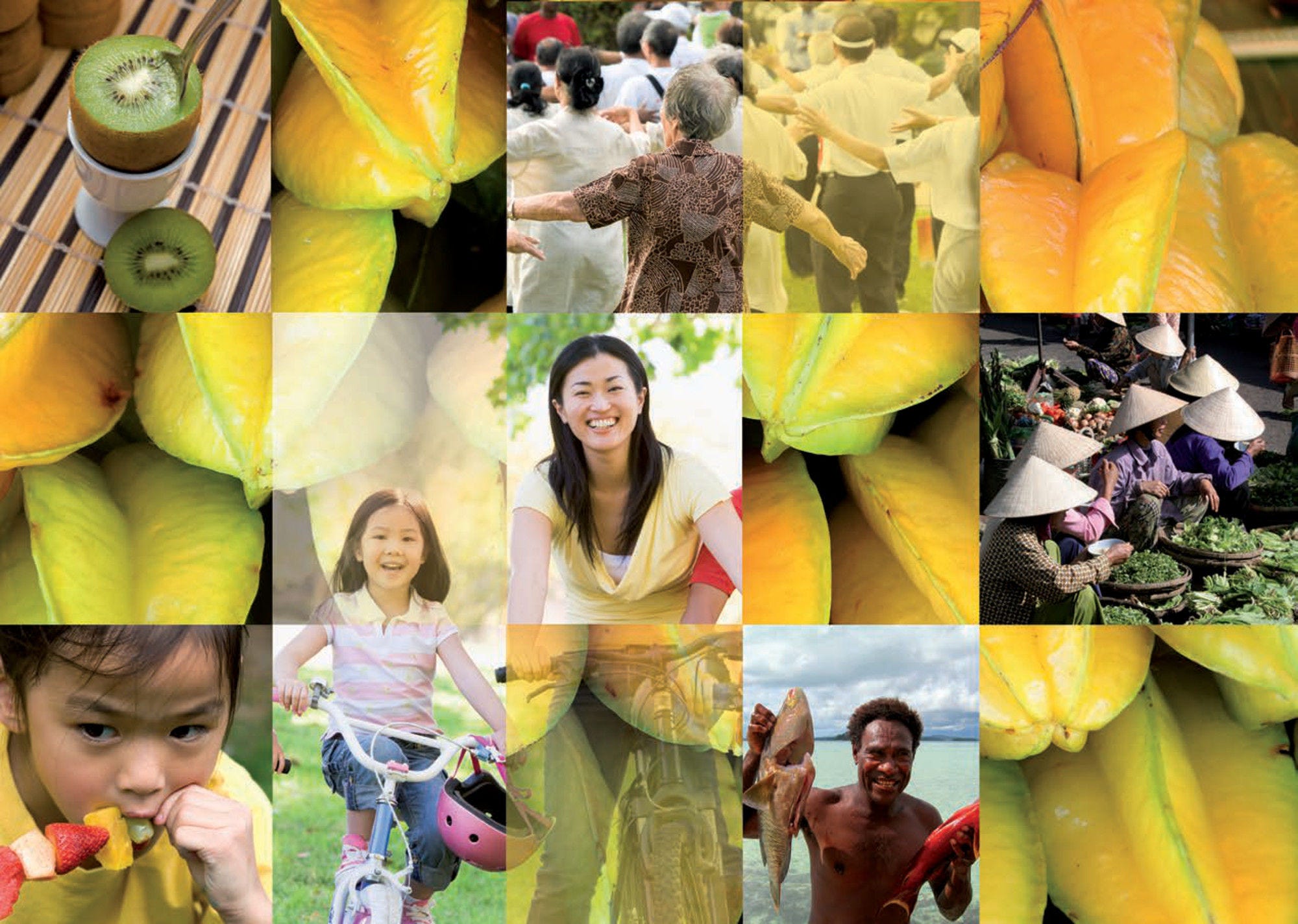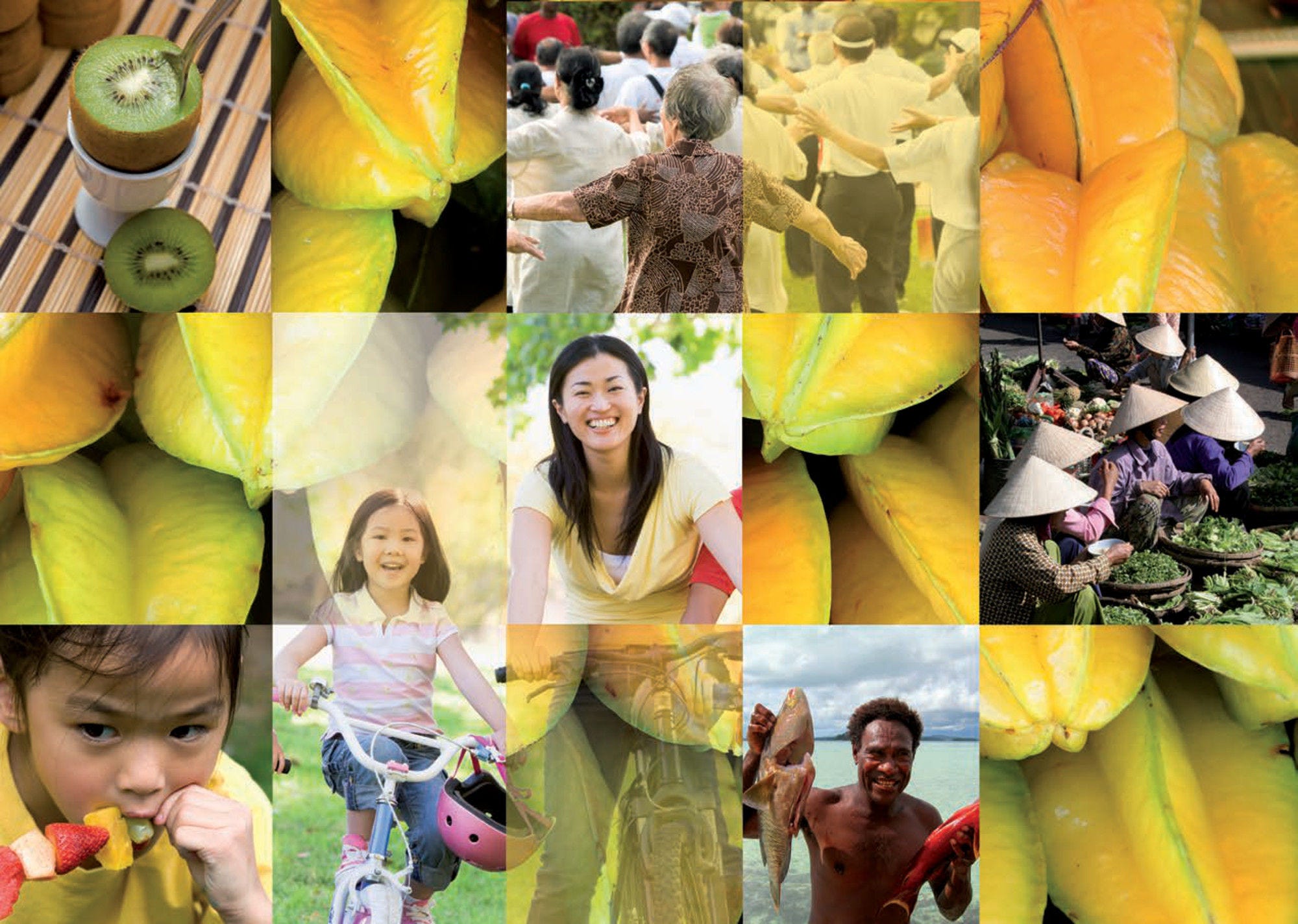This sixth edition of Health at a Glance Asia/Pacific presents a set of key indicators of health status, the determinants of health, health care resources and utilisation, health care expenditure and financing and quality of care across 27 Asia-Pacific countries and territories. It also provides a series of dashboards to compare performance across countries and territories, and a thematic analysis on the impact of the COVID-19 outbreak on Asia/Pacific health systems. Drawing on a wide range of data sources, it builds on the format used in previous editions of Health at a Glance, and gives readers a better understanding of the factors that affect the health of populations and the performance of health systems in these countries and territories. Each of the indicators is presented in a user-friendly format, consisting of charts illustrating variations across countries and territories and over time, brief descriptive analyses highlighting the major findings conveyed by the data, and a methodological box on the definition of the indicators and any limitations in data comparability. An annex provides additional information on the demographic and economic context in which health systems operate.
Health at a Glance: Asia/Pacific 2020

Abstract
Executive Summary
Health at a Glance: Asia/Pacific 2020 presents key indicators on health status, determinants of health, health care resources and utilisation, health expenditure and financing, and quality of care for 27 Asia-Pacific countries and territories. Countries and territories in the Asia-Pacific region are diverse, and their health issues and health systems often differ. However, these indicators provide a concise overview of the progress of countries and territories towards achieving universal health coverage for their population.
COVID‑19 has had major effects on countries and territories’ health systems. Indeed, the global pandemic is making a difficult situation even worse as countries – in particular low- and middle-income ones – try to tackle the COVID‑19 pandemic by diverting already limited resources away from essential health services.
In terms of the overall health impact, India, the Philippines and the Hubei province in China were the most affected in the first nine months of 2020, based on data on COVID‑19 reported deaths. Indonesia has also been badly hit by the virus. In contrast, most countries situated in the Indochinese peninsula as well as Pacific Islands countries have been less adversely affected to date.
Prevention and treatment services for cancer, cardiovascular disease and diabetes as well as for HIV, tuberculosis and malaria have been severely disrupted since the COVID‑19 pandemic began, in particular in low- and middle-income countries. The indirect effects of COVID‑19 on pregnant women, newborns, young children and adolescents are also huge.
Life expectancy increased by 6 years since 2000 to reach 70 years in 2018, but maternal mortality is still twice the Sustainable Development Goal target in lower-middle and low-income countries in the region
Life expectancy at birth across lower-middle and low-income Asia-Pacific countries reached 70 years in 2018, an increase of 6 years since 2000. Upper-middle and high-income Asia-Pacific countries gained – on average – 4.5 and 4 years respectively, and OECD countries almost 4 years during the same period.
The infant mortality rate has fallen dramatically in particular across the lower-middle and low-income Asia-Pacific countries since 2000, with a decline – on average – of 50%. At an average of 27.2 deaths per 1 000 live births in 2018, infant mortality in lower-middle and low-income Asia-Pacific countries is still seven times the high-income Asia-Pacific countries and OECD rate, and more than two times the SDG target of 12 deaths per 1 000 live births.
Between 2000 and 2017, the average maternal mortality ratio across lower-middle and low-income Asia-Pacific countries was cut by half, but it is still high at 140 deaths per 100 000 live births, twice the SDG target of 70 deaths per 100 000 live births.
The share of the population aged over 65 years and over 80 will more than double in the next four decades, with faster growth in middle- and low-income countries
In high-income Asia-Pacific countries and territories, the share of population aged over 65 years is expected to almost double to reach – on average – 32.6% for females and 27.5% for males and in 2050, whereas the share of population aged over 80 years is expected to triple between 2020‑50 to reach 13.3% for females and 9.7% for males.
In lower-middle and low-income Asia-Pacific countries, the share of population over 65 and over 80 will be two and half and three times the current share, and reach 14.1% for females and 11% for males (population aged over 65 years) and 3.1% for females and 1.9% for males (population aged over 80 years).
Almost half of health spending comes from payments made by households out-of-pocket in lower-middle and low-income countries
Lower-middle and low-income Asia-Pacific countries spend – after adjusting for differences in prices across countries – just below USD 250 per person per year on health, against USD 689 and USD 3 712 in upper-middle-income and high-income Asia-Pacific countries respectively. This amounts to over 4% of gross domestic product (GDP), on average, in middle- and low-income Asia-Pacific countries, compared to 7.2% in high-income Asia-Pacific countries in 2017. On average, high-income countries reported an increase of 0.7 percentage points from 2010‑17, twice the increase reported by upper-middle-income countries at 0.3 percentage points. The percentage of GDP spent on health in lower-middle and low-income countries did not change between 2010‑17 (at 4% of GDP).
The share of public spending in total health spending increased – on average – in all Asia-Pacific country income groups from 2010 to 2017, but it is much lower in lower-middle and low-income Asia-Pacific countries compared to upper-middle and high-income countries: 41.9% compared to 59.8% and 72.7%, respectively.
On average, household out-of-pocket expenditure – that is, payments made directly by households for health services and goods – accounted for 47.4% of total health expenditure in lower-middle and low-income Asia-Pacific countries in 2017, a slight decrease in the percentage share but an increase in level from 2010.
Curative and rehabilitative care services comprise the greatest share of spending – typically accounting for around 60% of all health spending across Asia-Pacific reporting countries. Medical goods (mostly retail pharmaceuticals) take up a further 17%, followed by a growing share on preventive care, which in 2017 averaged around 8% of health spending.
In the same series
Related publications
-
 21 November 2024
21 November 2024 -
 21 November 2024
21 November 2024 -
 21 November 2024
21 November 2024 -
 21 November 2024
21 November 2024 -
 21 November 2024
21 November 2024 -
 21 November 2024
21 November 2024 -
 21 November 2024
21 November 2024 -
 21 November 2024
21 November 2024





